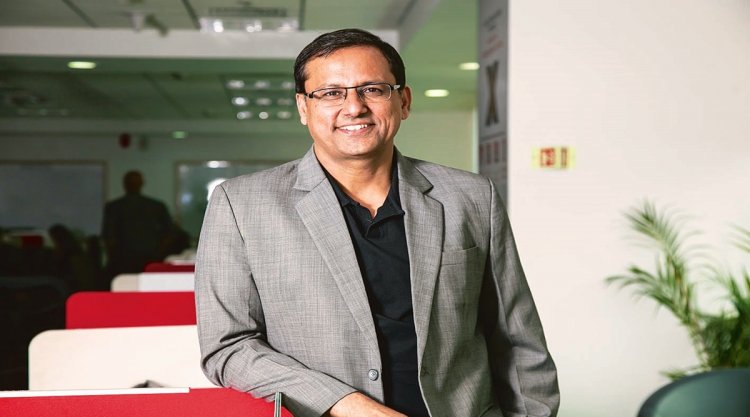High performance computing: Bridging the hardware-software gaps
Lenovo’s infrastructure solutions group (ISG) has been investing in high performance computing to develop solutions for enterprises & researchers

By Srinath Srinivasan
With rapid digitalisation, hyperscalers and enterprises which wish to set up their own servers are constantly looking for vendors who provide the best of hardware and software. Lenovo’s Infrastructure Solutions Group (ISG) aims to consolidate hardware-software offerings in the market across various scales of businesses. “In the top 500 supercomputing stack, we stand number one with 37% market share. We have 283 world records when it comes to performance and this is three times more than our competitors. India offers great opportunities which were accelerated after the covid-19 pandemic,” says Vivek Sharma, MD, India, Lenovo ISG.
ISG is the result of Lenovo’s acquisition of System X from IBM, which has morphed into a one-stop shop for products across servers, storage, software and as a hyper converged platform. The company has been investing in high performance computing significantly so that the innovations are used both by enterprises and researchers. In Delhi University’s plant genomics department, Lenovo’s GOAST (genomics optimisation and scalability tool) is used to bring out high intensity graphic processor level performance at regular processor level. “The plant genomics department uses it for improvement in cultivation of maize. They want to help farmers improve their yield. The main challenge that GOAST solves is the time taken to process the computation. Usually it takes around 12 hours. But with GOAST, we managed to bring it down to 20-25 minutes. It is also affordable as it is CPU based,” says Sharma.
India is an important part of Lenovo’s R&D base and with 1000 employees, the contribution of Indian engineers not just stops with Indian applications but also global applications. Another innovation that is being used in India is Neptune—a hot water cooling system. “We use warm water to take heat off the servers and by the time it comes out, it is hot enough to be used for other purposes. One common usage is to heat the building and keep occupants warm,” says Sharma, talking about the sustainability aspect of the enterprise infrastructure. According to him, performance, reliability and sustainability are what the market demands today. “As we increase the computing power of our devices at all levels, we cannot afford to overlook the impact it has on our environment. For this reason we invest significantly in sustainability and incorporate it in the designing solutions.”
Sharma says the biggest opportunity is in the growing need for EDGE computing. “Unless computing becomes a part of the network instead of being central, you cannot have the required information that you need at the instant you want it on your device. Even if there is 5G, the processing should happen at the point of data generation for certain applications,” he says. Smart technologies in cars are increasingly using this even as warehouses, connected buildings and manufacturing are adopting this technology. By investing in this, Lenovo has managed to extend from infrastructure to client side applications. Lenovo leverages its group companies’ capability to achieve this. “Product division takes care of building rugged devices. Motorola provides cutting-edge 5G antennas and ISG takes care of server performance and reliability. This results in laptop or tablet sized devices that can be plugged to a warehouse and used right away,” says Sharma.
With growing demand for analytics and software applications, Lenovo has also created a software and services group (SSG) in April this year. This works in tandem with ISG to go deeper into client applications and eventually open up new revenue channels in the long term. “This will help us compliment players who were traditionally system integrators and end solution builders. We want to create an OEM ecosystem. If it requires, we will also be working on end digital solutions which are within our capabilities,” says Sharma.
With growing competition across different business functions, Lenovo wants to capitalise on the acceleration of digital and IT enablement after the Covid-19 pandemic and leverage its end-to-end capability to create a competitive moat. The real challenge in this transformation, according to Sharma, is in capturing the changing behavioural patterns of consumers and bringing them efficiently into the digital system. “Longer term solutions should focus on consumer experience, especially during the current hybrid work phenomenon. EDGE, 5G, hybrid cloud or any other technology brings us back to this. Data should be mined accordingly,” he adds.







